Autos
Sport coupe superstars
BMW M850i, Mercedes AMG E53 offer speed at a steep price
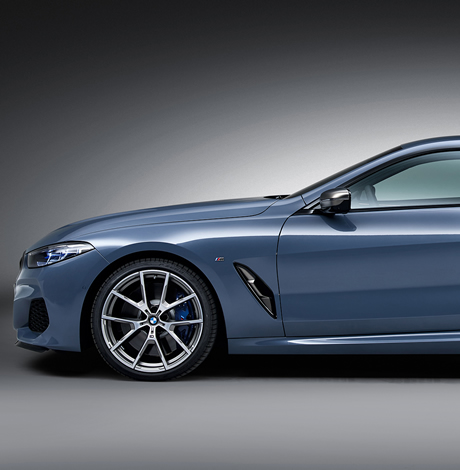
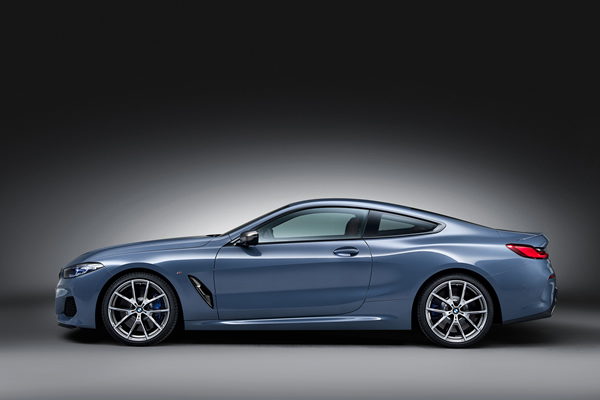
My first car was a 1972 Pontiac LeMans sport coupe, shimmering in Adriatic Blue paint with large white racing stripes on each side. This wasn’t a GTO muscle car, though it sure looked like one. And while my car definitely wasn’t new, it was new enough for a scrawny 16-year-old kid from small-town Indiana looking to explore the world.
My mother surprised me with this hepped-up hardtop, roaring into our driveway as I finished a weekend of tedious yard work. What I remember most—aside from my annoyed older sister grousing about how her first car was an ugly, unreliable family sedan—was the look of pure joy on my mother’s face. I realized then that this sexy coupe allowed her the chance to recapture a bit of her youth.
In the end we all ended up loving this car, which today is considered a classic. That’s the power of sporty two-door coupes: They tap into our lust for carefree escape versus the more practical, four-door concerns of having enough passenger room and cargo space.
During these challenging times of a pandemic, I experienced this same footloose and fancy-free feeling when test driving two cutting-edge coupes. Expect them to become revered classics someday.
BMW M850i xDRIVE COUPE
$112,000
Mpg:18 city/25 highway
0 to 60 mph: 3.5 seconds
You know you’re in big trouble when your partner of 25 years is jealous of 4,500 pounds of sheet metal. Yet that’s what happened with the BMW M850i xDrive coupe. I went on unexplained “errands.” Took the long way home from the grocery store. And finally got caught red-handed in the garage—lights out, car windows fogged up—with Eli Lieb. To be fair, Eli was blasting on the 1,400-watt, 16-speaker Bowers & Wilkins surround-sound stereo. But still, I had a problem. I was drawn to the seductive design: low-slung hood, protruding grille and muscular air intakes. Sinewy side panels stretched languidly along this firm fastback, ending with a cheeky rear spoiler. Those come-hither, wraparound headlights beckoned me to open the door, which seemed as long as the car is wide. And then I slid into temptation: massaging seats, glass-crystal gear selector, anthracite headliner and stunning ambient lighting. The meaty steering wheel was full of multifunction buttons and sporty shift paddles. Heated armrests—unnecessary in the summer—were still a pleasant surprise, as were the 12.3-inch digital gauge cluster and 10.25-inch infotainment screen. And a dazzling head-up display included vehicle speed, speed-limit info, nav instructions, collision warning and more. While you can forget about ferrying rear-seat passengers—there’s room for a few shopping bags and little else—the backseats fold down, offering cargo room into the trunk. After pushing the start button, a deep, cackling exhaust rumble sounded like a Mustang GT possessed by the Joker. While an eight-speed transmission was silky smooth and the all-wheel drive felt nice and controlled, it was the 523-hp V8 that literally shook my soul. This car rocketed from 0 to 60 mph in a withering 3.5 seconds. That’s twice as fast as a Mazda 3 hatchback. Because the Mazda econobox costs about $23,000, I reasoned you could buy five of them for the price of one BMW super-coupe. But then the devil on my shoulder reminded me this would be far too practical.
MERCEDES-BENZ AMG E53 COUPE
$75,000
Mpg: 21 city/28 highway
0 to 60 mph: 4.1 seconds
Compared with the BMW M850i, the Mercedes AMG E53 is a bargain. This high-performance AMG coupe, priced 50 percent less than the slightly faster Bimmer, has a punchy six-cylinder engine that boasts better mileage. Still, the overall design of the Benz is more refined than radical, which may not turn as many heads but still places this roadster toward the front of any valet line—at least when it becomes safe to do so. For now, I enjoyed zipping around town, savoring the sharp steering and superbly tuned suspension. It was easy to bask in the quiet and opulent cabin, with its illuminated door sills, 64-color ambient lighting, backlit HVAC vents and other niceties. And there were plenty of pricey upgrades, including a premium 13-speaker Burmester stereo, active parking system with surround-view camera, and quilted stitching on the seats. During the seemingly brief week I test drove this Mercedes, it quickly became a comforting part of my daily routine. Yet I still couldn’t help thinking about the sultry BMW M850i, my affair to remember. Yes, both coupes were exquisite and virtually flawless. Both offered me a taste of fun and freedom. Just please don’t ask me to choose.
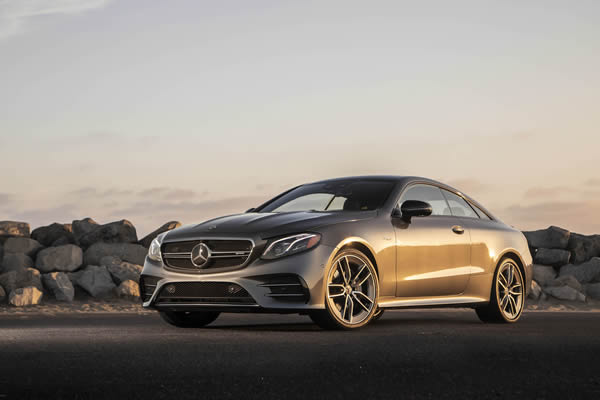
Autos
Glam rides: BMW X6 and Range Rover Velar
Impressive standard features elevate these lower-priced options
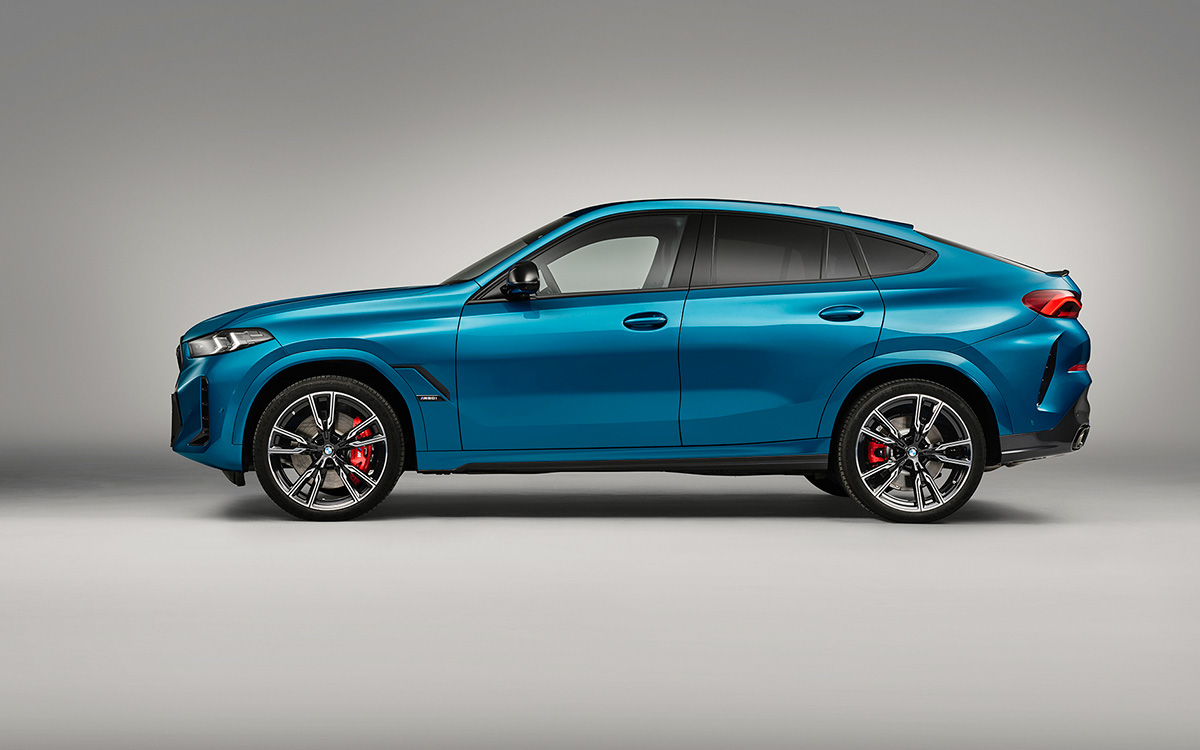
Many sport-utes with ho-hum styling still impress me by offering scads of standard features and a low MSRP. But sometimes it’s hard not to be seduced by what I call glam rides—pricier vehicles with plenty of attitude. You know, like something Cassandro might drive.
BMW X6
$75,000
MPG: 23 city/26 highway
0 to 60 mph: 5.2 seconds
Maximum cargo room: 59.6 cu. ft.
PROS: Outré styling, posh cabin, raw power
CONS: Less rear visibility, limited storage, costly options
IN A NUTSHELL: Trust me, it’s hard not to fall in love with a BMW X6. This recently updated crossover, with its coupe-like profile, swept-back grille and breathtaking acceleration, had me at hello. High ground clearance and oodles of high-tech features turn this high-end hauler into one helluva wild ride.
Sure, the sharply sloped roof hampers rear-seat headroom and cargo capacity. But up front there’s more room than expected, along with a dramatically curved digital dashboard. And the ginormous panoramic moonroof helps make the interior feel quite spacious.
How good is this BMW? Zipping up to Baltimore last month during a day of downpours and clueless commuters, my husband and I started rethinking our promise to never buy a budget-busting vehicle. For us, bad weather and heavy traffic usually result in clenched teeth, heavy sighs and my swearing like a sailor. Yet the hushed cabin, 16-way power front seats and ability to control the stereo and other functions simply by waving my hand were all very Zen. Ditto the finely tuned suspension, steering and braking, which anticipated my every move. Instead of shying away from rush hour on our return home, I leaned in.
Myriad safety features — from forward-collision alerts and blind-spot monitors to lane-departure warnings and a 360-degree camera — batted away any concerns about fender benders. Same for the option packages that allow you to park the X6 automatically, store familiar maneuvers and drive hands-free at up to 85 mph.
Power in the base-model — which is what I test drove — comes from a lively 375-hp turbo, with a 48-volt hybrid system to improve gas mileage. There’s also a smooth eight-speed automatic transmission and all-wheel drive for sure handling on slippery roads. Pricing begins at $75,000, but options on my test car brought it up to—whoa!—88,000.
For more grit and growl, there’s the xDrive60i, with a 523-hp twin turbo that helps this Bimmer sprint from 0 to 60 mph in 4.2 seconds. And the top-of-the-line X6 M Competition with a 617-hp V8 is even faster at a blistering 3.7 seconds. But I am much too afraid to drive this gnarly high-test model—it starts at $128,000.
RANGE ROVER VELAR
$63,000
MPG: 19 city/25 highway
0 to 60 mph: 5.2 seconds
Maximum cargo room: 70.1 cu. ft.
PROS: Refined design, chic interior, lotsa storage
CONS: Tepid base engine, more sedate handling, pricey
IN A NUTSHELL: While Range Rovers are known for being oh-so-classy, the Velar is much sassier than the rest of the lineup.
The sweeping front fascia would make Ariana Grande proud: Svelte grille, sporty wraparound headlights and stretched, corset-like air ducts in the bumper.
Inside, the look is spartan but elegant. All knobs and other switchgear are mostly hidden or activated by an 11.4-inch infotainment touchscreen that seems to hover in front of the dash. Even the ubiquitous cruise control and stereo buttons on the steering wheel seem to have vanished, though look closer and they are tastefully integrated into the design.
While the Velar may be classified as a compact vehicle, it looks and feels much larger. Compared with the midsize BMW X6, both have ample seating for five people. Front-seat dimensions are practically the same, but the supposedly smaller Range Rover has better back-seat headroom and legroom. It also holds almost 20% more cargo.
Built on the same platform as the popular Jaguar F-Pace, the Velar has a relaxed ride compared to the more athletic BMW X6. Power is less aggressive on the Range Rover, with choice of two competent but hardly rip-roaring engines.
Build quality is impressive, including the optional leather-free interior that uses an upscale composite of wool and polyurethane. And while even the base-model comes with interior ambient lighting and a premium Meridian stereo, you can opt for the 17-speaker 3D system for an even more “Maestro”-like experience.
Overall, the Velar may be less of a rabble rouser than the BMW X6, but there’s still plenty here to dazzle the senses.
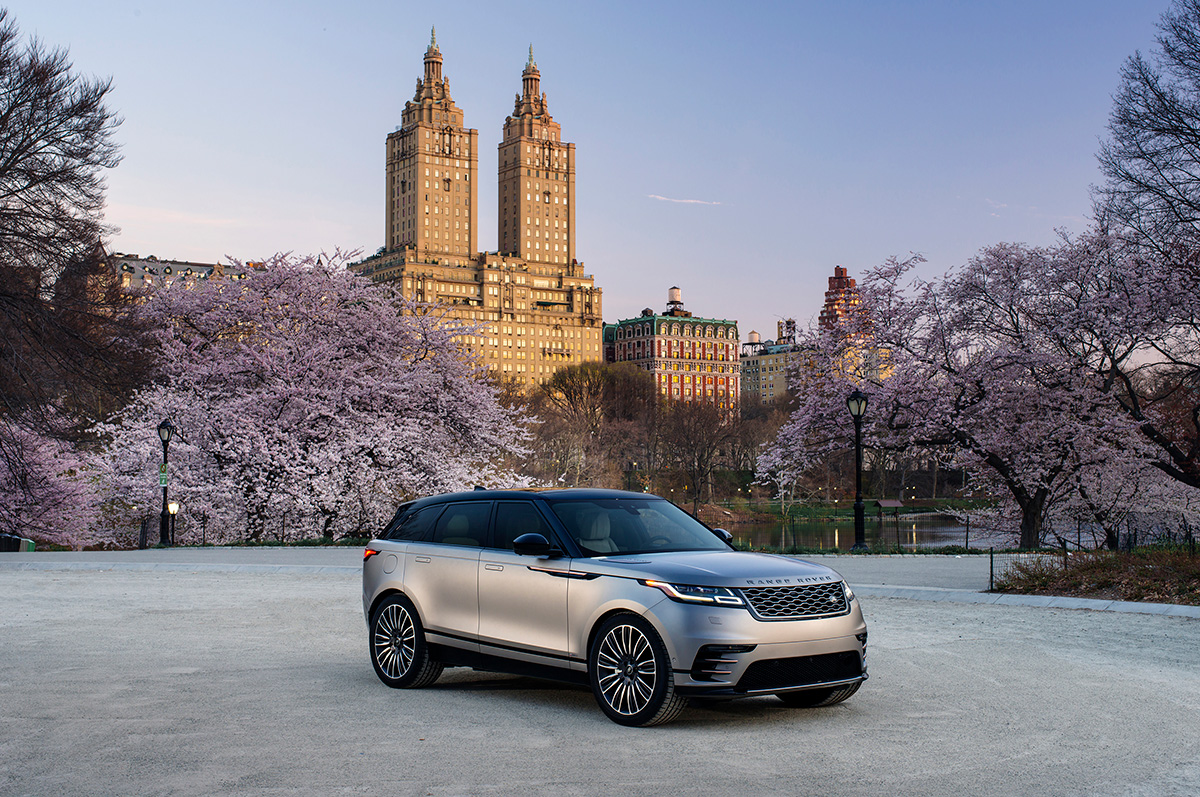
Autos
Rugged yet ritzy: Ford Bronco, Nissan Pathfinder
One offers retro design, the other an edgy and chic look
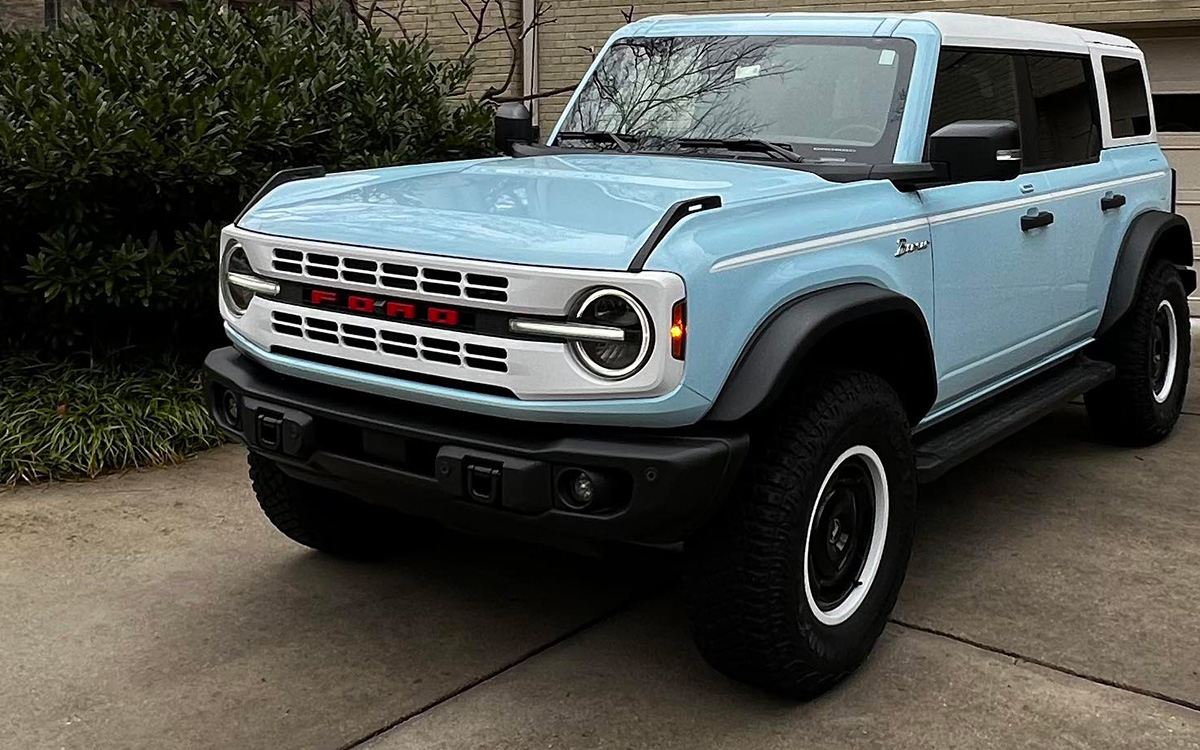
Both the Ford Bronco and Nissan Pathfinder have rough-and-ready reputations. Each boasts butch bona fides and some nifty off-road capability. But dig a bit deeper into your wallet, and you can step up to higher trim levels for added power and a bit more bling.
FORD BRONCO HERITAGE LIMITED EDITION
$70,000
MPG: 17 city/17 highway
0 to 60 mph: 6.2 seconds
Maximum cargo room: 77.6 cu. ft.
PROS: Retro design, rousing engine rumble, myriad amenities
CONS: Low fuel economy, bouncy ride, pricey
IN A NUTSHELL: After a 24-year hiatus, the Ford Bronco came galloping back to showrooms in 2021. Today there are nine trim levels, including the Heritage Limited Edition that I just finished test driving for a week. At $70,000, this Bronco—second only to the $90,000 Raptor—still costs a pretty penny: $30,000 more than the entry-level model. Yet the higher price is worth it, with a gritty V6 turbo that offers much more giddy-up than the standard four-cylinder engine.
There’s also a rad retro design, with heritage-style graphics, multiple skid plates, and special bumpers and fenders. Exterior colors—especially the Robin’s Egg Blue, coupled with a white grille and white roof—are a nice throwback to the 1960s. So are the removable doors and roof panels for a safari-like look à la an old-timey “Wild Kingdom” episode.
Yes, the Bronco is a truck-based SUV, so expect more bounciness than in a Lexus or a Lincoln. But the stable steering and comfortable seats help make up for it. Ground clearance is high, thanks to large 35-inch mud-terrain tires. Luckily, running boards and numerous rubber-lined grab handles make it easy to climb in and out.
Despite the sound-deadening insulation, there’s still a fair amount of exterior wind noise at high speeds. But this makes it easier to hear the sweet sound of the Bronco’s strong whinny, er, exhaust growl.
Along with a vibe that’s decidedly old-school cool, this mid-sizer comes with lots of modern amenities: keyless entry, remote start, heated seats, ambient lighting, dual-zone automatic climate control, 360-degree surround-view camera and 10-speaker premium B&O stereo. New this year is a larger, 12-inch touchscreen. I also liked the huge stowage area, with convenient cargo straps to hold down gear, a flip-up rear window for easy access, and a swing-out door to hold a full-size spare tire.
I guess you could say Ford wasn’t horsing around when it decided to add such a fully loaded Bronco to the stable.
NISSAN PATHFINDER ROCK CREEK
$44,000
MPG: 20 city/23 highway
0 to 60 mph: 7.0 seconds
Maximum cargo room: 80.4 cu. ft.
PROS: Roomy, comfy, muted cabin
CONS: So-so gas mileage, tight third row, many competitors
IN A NUTSHELL: Seeking an SUV that’s more diamonds than denim? Then consider the Nissan Pathfinder, also redesigned just a few years ago and a big step up from the previous model. But instead of retro styling like a Ford Bronco, the look here is a combo of edgy and chic.
That’s especially true with the Rock Creek version, which sports an aggressive front fascia, grille inserts, trendy black cladding, raised off-road suspension, all-terrain tires and tubular roof rack that can hold 220 pounds. “Rock Creek” badging, which is stamped on the side panels and rear liftgate, is also embroidered in stylish orange contrast stitching on the water-resistant seats. All-wheel drive — optional on all other trims — is standard here. And Rock Creek towing capacity, which is 3,500 pounds on most other Pathfinders, is an impressive 6,000 pounds.
The spacious cabin has enough room for up to eight passengers, though third-row legroom is tight. In the second row, you can opt for a pair of captain’s chairs instead of a three-person bench seat. Regardless, those rear seats are heated, which is a nice touch.
Nissan has done a good job of making vehicles that feel as rich and luxurious as those in its high-end Infiniti lineup. On the Pathfinder, that means thicker glass and extra insulation for a whisper-quiet cabin. There’s also brushed-aluminum trim and a sporty flat-bottom steering wheel with paddle shifters. Along with smartphone integration, wireless charging pad and voice-command capability, other tech features include a windshield head-up display, 360-degree bird’s-eye camera, ambient interior lighting, 13-speaker Bose stereo and a slew of safety options.
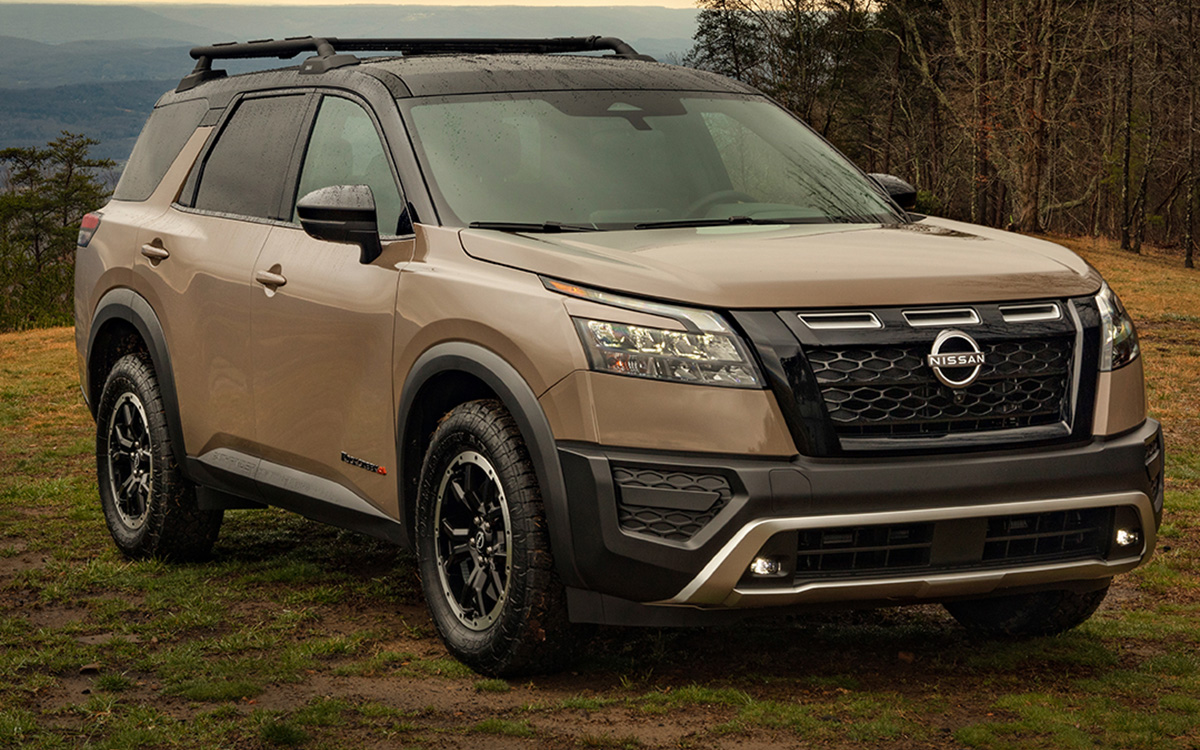
When comparing the Ford Bronco with the Nissan Pathfinder, it’s hard to resist the rip-roaring ride of a fun and feisty Bronco. But the more practical Pathfinder is still plenty adventurous, especially with all the goodies that come in the Rock Creek.
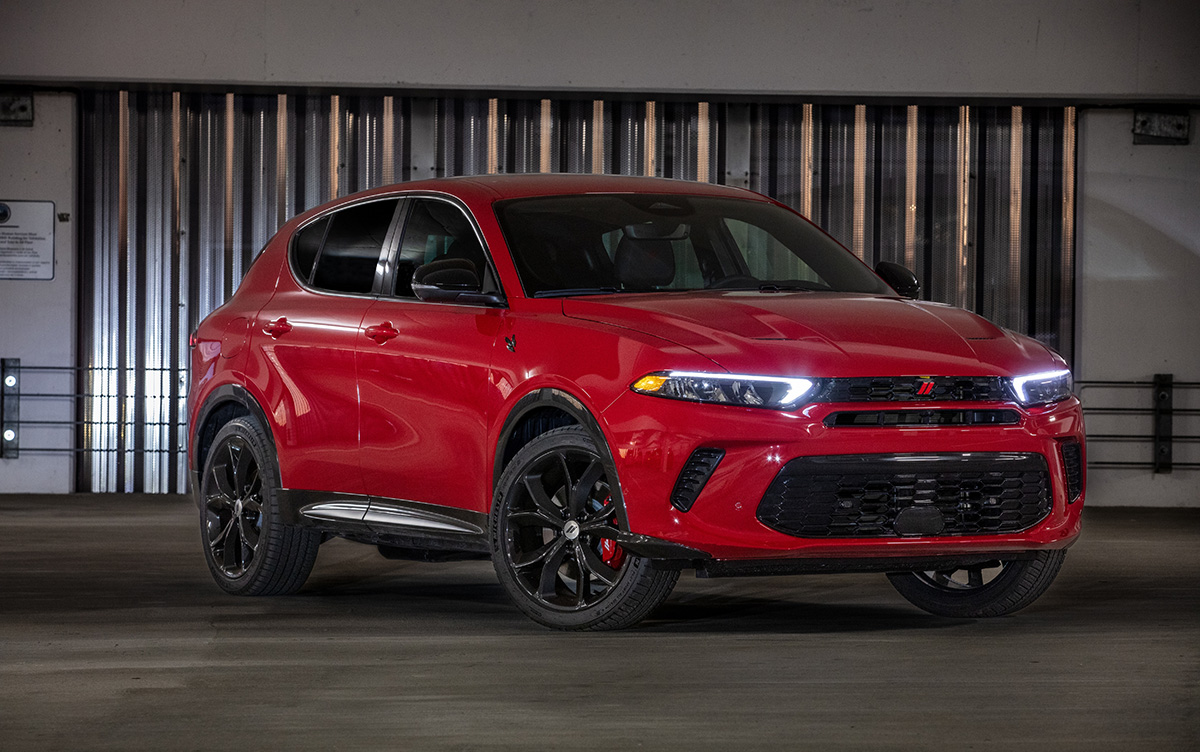
A new year means new vehicles sashaying into dealer showrooms. But for 2024, retro is in, with nostalgic nameplates like the Dodge Hornet and VW Bus proving everything old is new again. Between you and me, though, let’s leave the Cadillac Cimarron, Ford Edsel and anything remotely resembling a Yugo as footnotes to history.
DODGE HORNET PHEV
$41,000
Electric-only range: 33 miles
MPG: 74 MPGe (electric/gas), 29 MPG (gas only)
0 to 60 mph: 5.6 seconds
Cargo room: 54.7 cu. ft. with rear seats down
PROS: Stylish, comfy, peppy
CONS: Snug, bit bouncy, pricey
IN A NUTSHELL: According to automotive lore, the first Hornet (1905-1906) was a short-lived, two-seat runabout from Horner & Sons. Then came the British-built Wolseley Hornet (1930-1936, and again 1960-1961). Next up, the Hudson Hornet (1951-1957), available as family sedan, coupe or convertible. The performance-oriented coupe—nicknamed “Fabulous Hudson Hornet”—would rule the world of stock-car racing and establish the Hornet’s daredevil image. AMC created its own Hornet (1970-1977), but this time for a blah compact car—a sibling to the butt-ugly Gremlin. To be fair, one of the best movie stunts ever is James Bond performing a corkscrew car jump over a Bangkok river while driving an AMC Hornet.
Now, after a decades-long hiatus, Dodge has resurrected the Hornet name for its all-new subcompact SUV. While this latest Hornet debuted as a 2023 model with a gas engine, the buzz this year is the addition of a plug-in hybrid electric vehicle (PHEV)—the first ever from Dodge.
The Hornet PHEV comes in two versions: R/T and R/T Plus. Both pack plenty of punch, with twice the horsepower of many competitors. Use the paddle shifters to activate the PowerShot system, which adds an extra 30 horses for even more oomph. Alas, this feature—which allows the Hornet to boast muscle-car acceleration—lasts only about 15 seconds before the system needs to cool down for another 15 seconds.
But no matter the speed, the standard all-wheel drive and premium Brembo brakes keep everything under control. One handling complaint: Because of the short wheelbase, there is some annoying bobbing up and down over large potholes.
Built on the same platform as a tony Alfa Romeo Tonale, the Hornet shares similar design cues, including chiseled side panels, narrow LED headlights and high roofline. But only the Hornet has two sleek, functional hood scoops.
Inside, the Alfa ambience continues with a nicely sculpted dash, flat-bottom steering wheel and scooped-out center console. Even the door handles and infotainment system look the same in both vehicles.
As with all hornets, beware the sting. In this case, it’s pricing: A fully loaded Hornet R/T Plus can easily approach $55,000.
VOLKSWAGEN ID.BUZZ MICROBUS
$55,000 (est.)
Range: 260 miles
Fast-charge time: Up to 80% in 30 minutes
0 to 60 mph: 7.5 seconds
Cargo room: 138 cu. ft.
PROS: Fun colors, fun styling, fun ride
CONS: Limited appeal, limited production, limited trim level
IN A NUTSHELL: Legend has it that a Dutch businessman sketched the VW van after visiting a Volkswagen plant in 1947. Two years later a prototype was built, and the first Microbus rolled off the production line in 1950.
Production ceased in 2014, but only after countless variations were built—many with beds, sinks, tents, picnic furniture, surfboard racks and the like. This proud symbol of the counterculture hippie movement of the 1960s likely has been in more movies, TV shows, and magazine ads than there have been Grateful Dead concerts (2,300-plus so far, for all you Jerry Garcia fans).
While technically a 2025 model, the all-electric VW ID.Buzz arrives later this year. The chassis is from the ID.4 electric crossover, but everything else is new. Groovy colors include Cabana Blue, Mahi Green, Pomelo Yellow, Energetic Orange and more.
The space-age cabin has an “Orville” vibe, with a large 12.9-inch touchscreen hovering over the dash, 30-color ambient lighting and an expansive windshield. The accelerator even has an audio/video “Play” symbol engraved on the pedal, while the brake pedal is engraved with the “Pause” symbol. Too cute? Well, maybe…
Two trim levels, but only the long-wheelbase model will be sold in the U.S. That means three rows of seats, with optional captain’s chairs in the second row. The front seats even come with a massage function. Oh, and the optional panoramic sunroof with electrochromic tint can change from opaque to clear with the swipe of your finger. Shagadelic, baby!
While the Dodge Hornet R/T can trace its lineage to at least one fast and fabulous forebear, fans of this new VW can thank generations of Deadheads for spreading the love about the original bus. But crank up the sublime 14-speaker Harman Kardon stereo, and this new VW suddenly channels another far-out ride: “Priscilla, Queen of the Desert.”
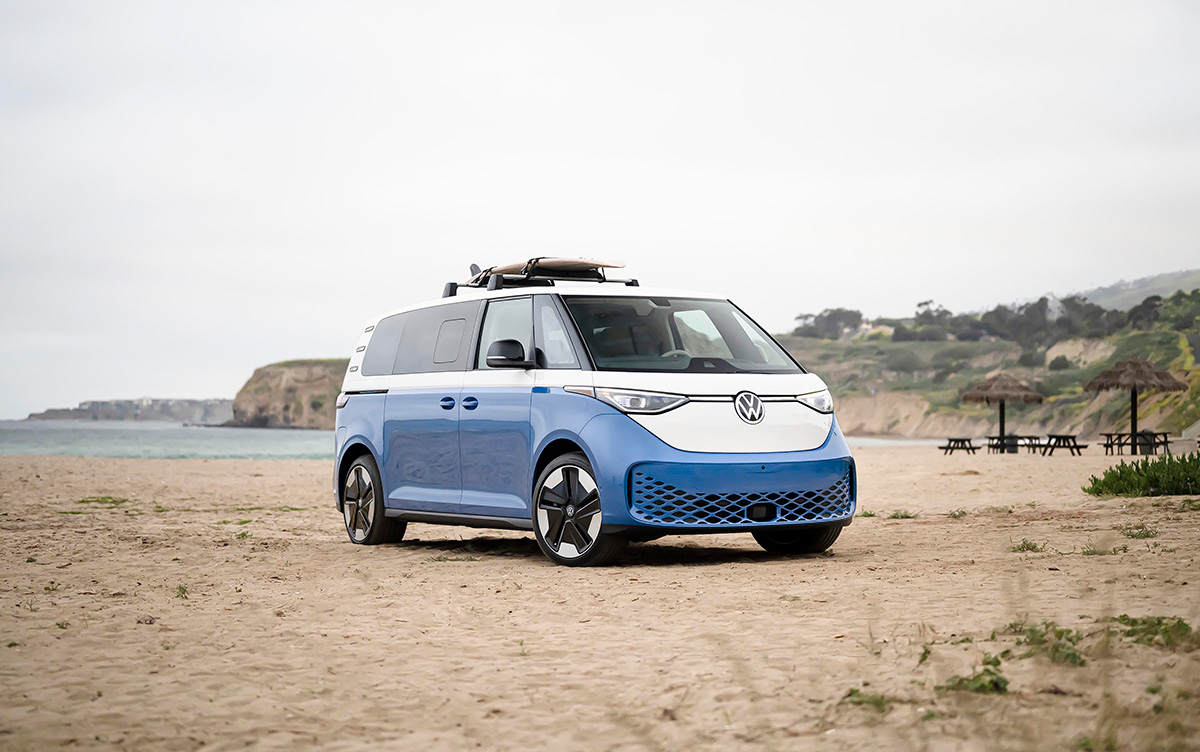
-

 Africa5 days ago
Africa5 days agoCongolese lawmaker introduces anti-homosexuality bill
-

 District of Columbia2 days ago
District of Columbia2 days agoReenactment of first gay rights picket at White House draws interest of tourists
-

 District of Columbia1 day ago
District of Columbia1 day agoNew D.C. LGBTQ+ bar Crush set to open April 19
-

 Arizona2 days ago
Arizona2 days agoAriz. governor vetoes anti-transgender, Ten Commandments bill






